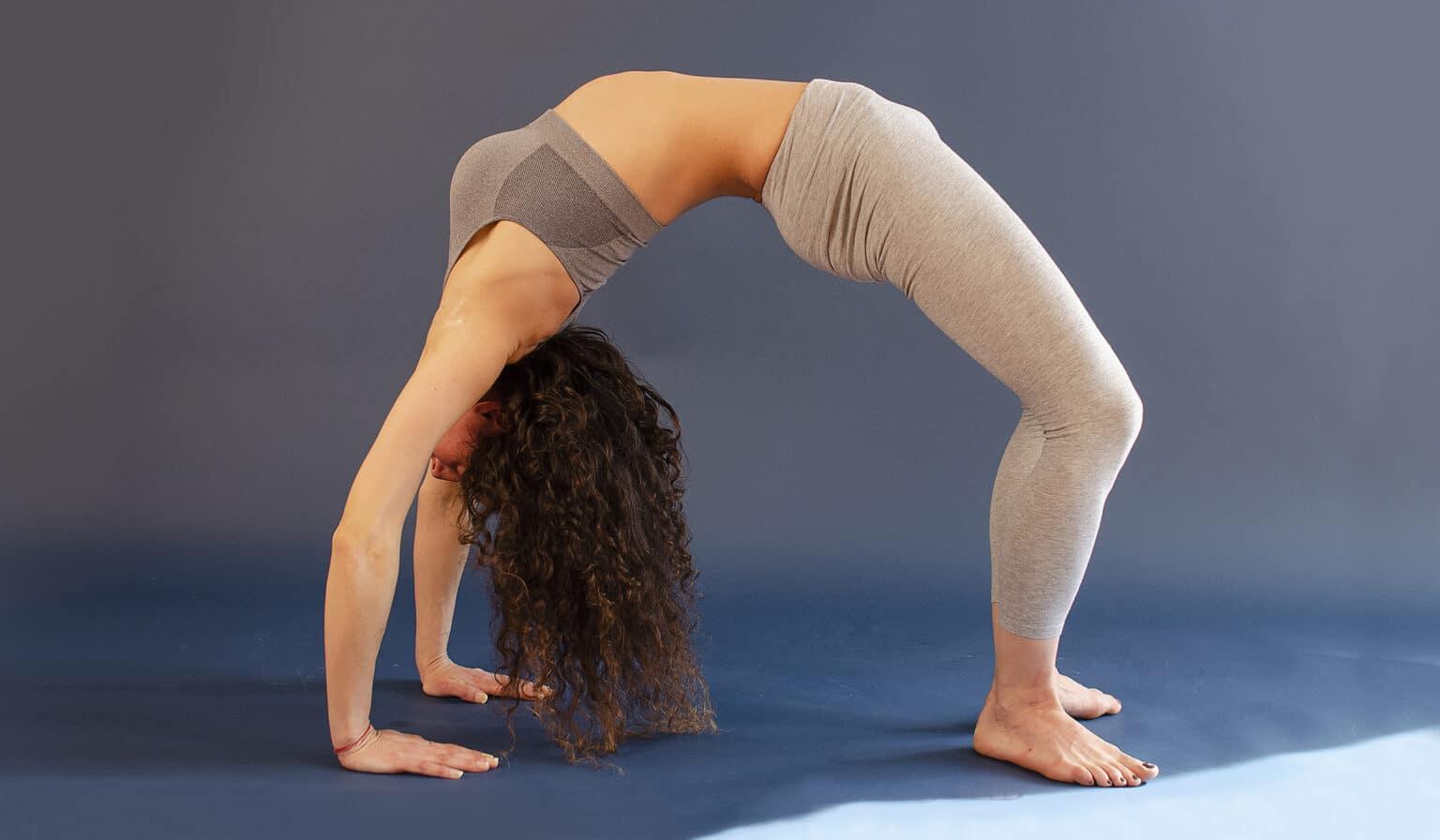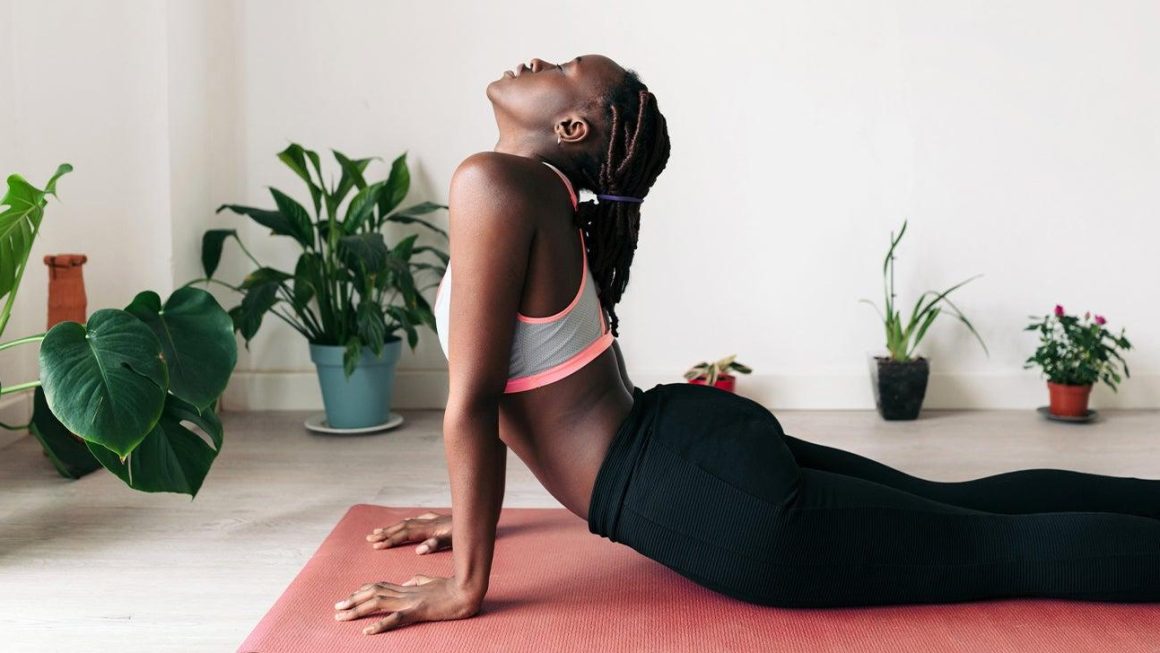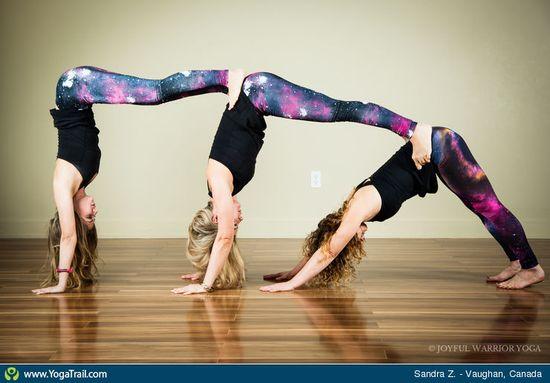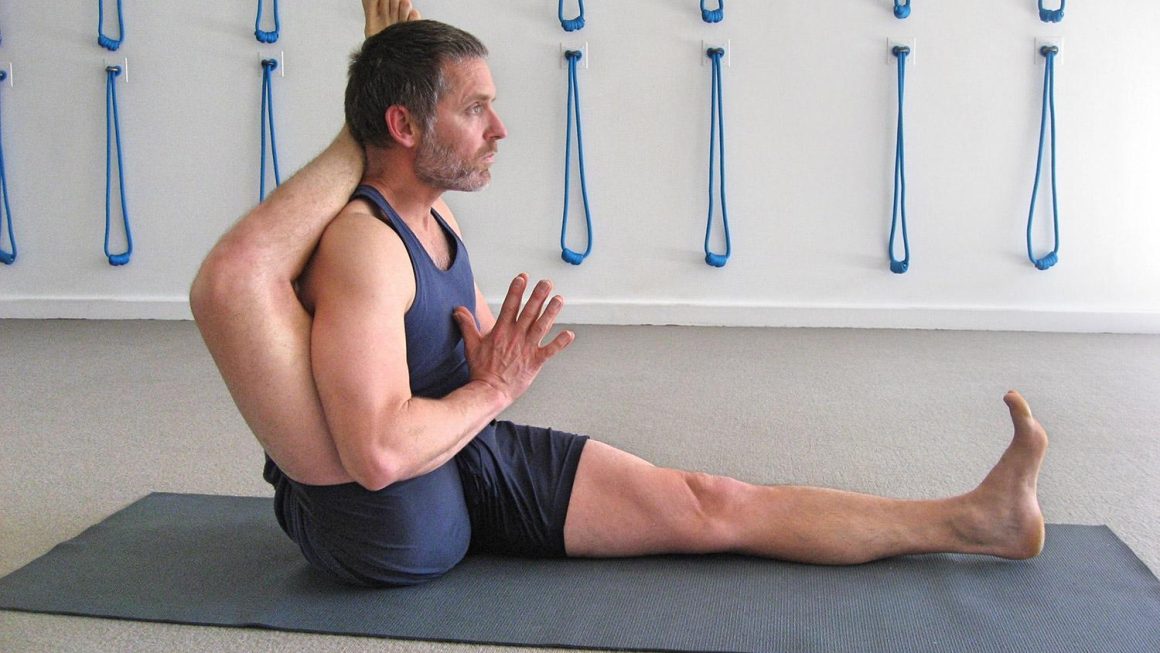Yoga Pose on All Fours: Benefits, Variations, and Techniques
The yoga pose on all fours, commonly known as the tabletop position, serves as a fundamental component of many yoga practices. Whether you are a seasoned yogi or just beginning your journey, understanding this pose will enhance your form, improve your balance, and promote a deep sense of connection between your body and mind.
Understanding the Tabletop Position
The tabletop position is characterized by the body’s alignment on all fours: hands directly under the shoulders, knees beneath the hips, and a neutral spine. This pose is often a precursor to various other yoga poses, serving both as a warm-up and a transitional position.
How to Get Into the Tabletop Position
- Start on your hands and knees on a yoga mat.
- Your wrists should be aligned with your shoulders, and your knees should be hip-width apart.
- Engage your core muscles, maintaining a neutral spine.
- Keep your neck in a neutral position, looking down at the mat.
Benefits of the Yoga Pose on All Fours
Practicing the tabletop position regularly can yield a multitude of benefits, including:
- Improved spinal alignment: Promotes good posture by strengthening spinal alignment.
- Increased core stability: Engages core muscles for better stability during various activities.
- Enhanced flexibility: Prepares the body for deeper stretches in future poses.
- Relief from tension: Reduces tension in the back, neck, and shoulders.
- Grounding effect: Encourages mindfulness and grounding through breath awareness.
Variations of the Tabletop Position
While the traditional tabletop position is beneficial on its own, you can explore numerous variations to deepen your practice:
| Variation | Description |
|---|---|
| Cat-Cow Stretch | Alternating between arching and rounding the back to warm up the spine. |
| Bird Dog Pose | Extending one arm and the opposite leg to enhance stability and balance. |
| Thread the Needle | Stretching the shoulders by threading one arm under the opposite arm. |
| Tabletop Hip Circles | Moving hips in circular motions to enhance mobility in the hip joints. |
Practical Tips for Practicing Tabletop Pose
Here are some tips to get the most out of your practice:
- Warm-up: Always warm up your body with gentle stretches before entering the pose.
- Adjust your alignment: Continually check your wrist and knee alignment to avoid strain.
- Engage your core: Activate your abdominal muscles to maintain stability.
- Practice mindfulness: Focus on your breath and sensations in the body during the pose.
Case Study: Transformative Practice
Meet Sarah, a beginner yogi who struggled with back pain and weak core stability. After practicing the tabletop pose and its variations for several weeks, she noticed substantial improvements:
- Decreased back pain: The gentle engagement of muscles helped alleviate her discomfort.
- Enhanced balance: She could hold different yoga poses more effectively without losing her balance.
- Mind-Body Connection: Sarah learned to connect her breath with movement, enhancing her overall practice.
First-Hand Experience: My Journey with All Fours
When I first began practicing yoga, I often overlooked the importance of foundational poses like the tabletop position. Initially, I found it challenging to maintain balance. However, as I committed to practicing it regularly, I experienced remarkable changes:
- My core strength improved, which positively impacted my overall yoga practice.
- Executing more complex poses became easier as I built a solid foundation.
- I found a sense of calm and focus that translated to other areas of my life.
Conclusion
The yoga pose on all fours is not just a simple stretch; it is a gateway to enhanced flexibility, core strength, and mindfulness in your yoga practice. By incorporating this fundamental pose and its variations into your routine, you can experience significant benefits both on and off the mat. Whether you’re seeking to improve your yoga skills or simply looking to relieve tension, the tabletop position is a powerful tool in your wellness arsenal.
So the next time you find yourself on all fours, remember that you’re not just holding a pose; you’re beginning a journey towards increased strength, stability, and serenity!




